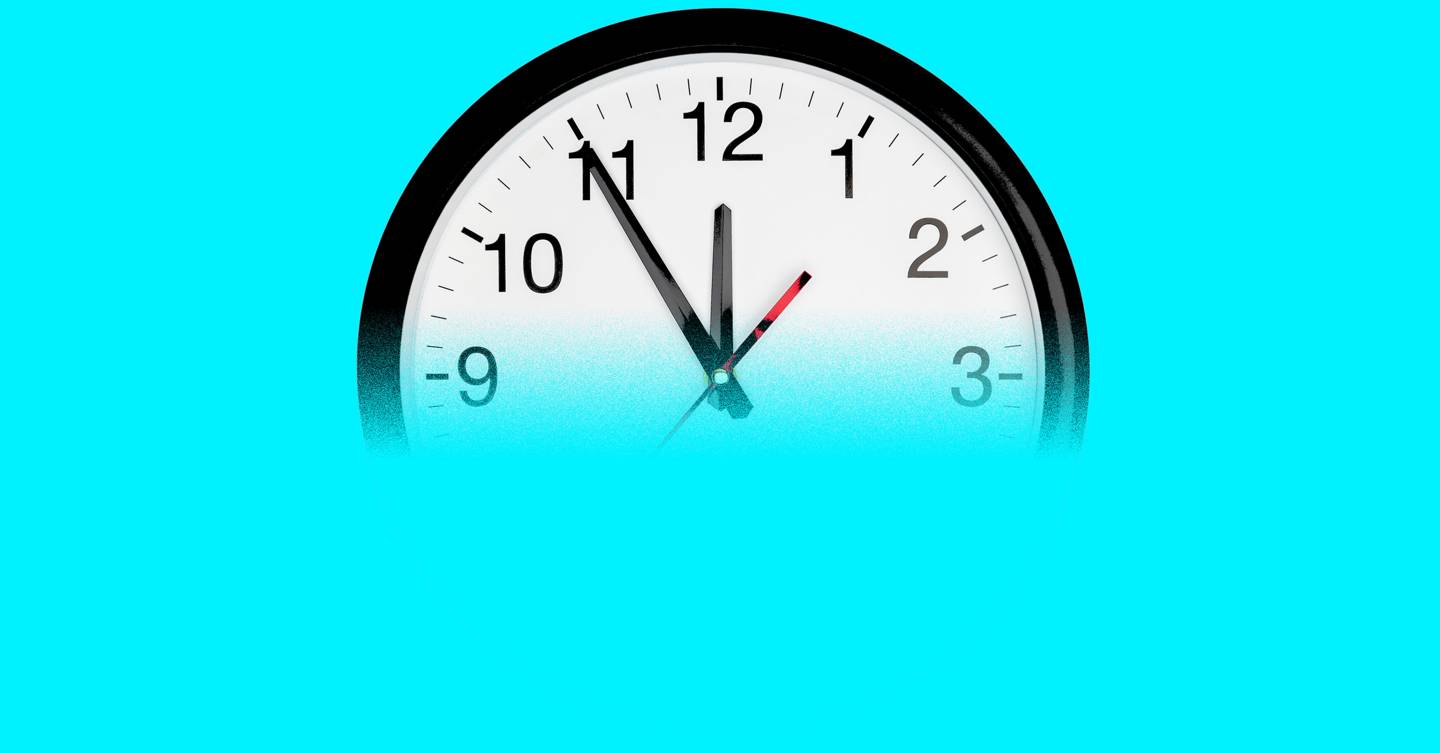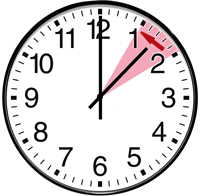


27th - "Good-bye, Uncle- see you next spring"ĭuring World War I, in an effort to conserve fuel, Germany began observing DST on May 1, 1916. Poster: Saving daylight ends, for 1918, Sunday, Oct. Franklin's suggestion seems to have been more of a joke than a real proposal, and nothing came of it. By his calculations, the total savings by the citizens of Paris would be the approximate equivalent of $200 million today. Writing as an anonymous "subscriber", his tongue-in-cheek essay, "An Economical Project for Diminishing the Cost of Light", written to the editor of The Journal of Paris, observed that Parisians could save on candles by getting out of bed earlier in the morning, making use of the natural morning light instead. History of DST in the United States īenjamin Franklin proposed a form of daylight time in 1784. 1.6 2015–2022: Proposals for the introduction of year-round DST.1.4 1975–1986: Extension of daylight saving time.1.2 1966–1972: Federal standard established.The following table lists near future starting and ending dates of daylight saving time in the United States: Daylight saving time lasts for a total of 34 weeks (238 days) every year, about 65% of the entire year. and in fall they are moved back from 2:00 a.m. With a mnemonic word play referring to seasons, clocks "spring forward, fall back"-that is, in springtime the clocks are moved forward from 2:00 a.m. In the U.S., daylight saving time starts on the second Sunday in March and ends on the first Sunday in November, with the time changes taking place at 2:00 a.m.

In 2022, the United States Senate passed the Sunshine Protection Act which would permanently activate daylight saving time if it comes into effect, but it has not been approved by the House. The Uniform Time Act of 1966 established the system of uniform daylight saving time throughout the US. Most areas of the United States observe daylight saving time (DST), the exceptions being Arizona (except for the Navajo, who do observe daylight saving time in Navajo Nation), Hawaii, and the overseas territories of American Samoa, Guam, the Northern Mariana Islands, Puerto Rico, and the United States Virgin Islands. Capitol being turned forward for the country's first daylight saving time on Maby the Senate sergeant at arms Charles Higgins.ĭaylight saving time in the United States is the practice of setting the clock forward by one hour when there is longer daylight during the day, so that evenings have more daylight and mornings have less.


 0 kommentar(er)
0 kommentar(er)
